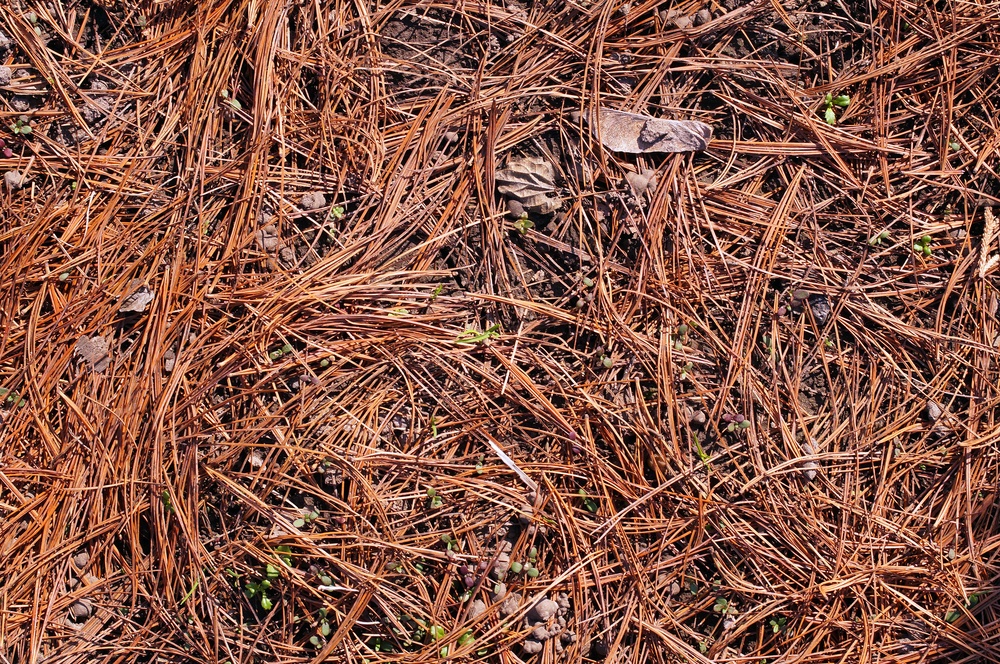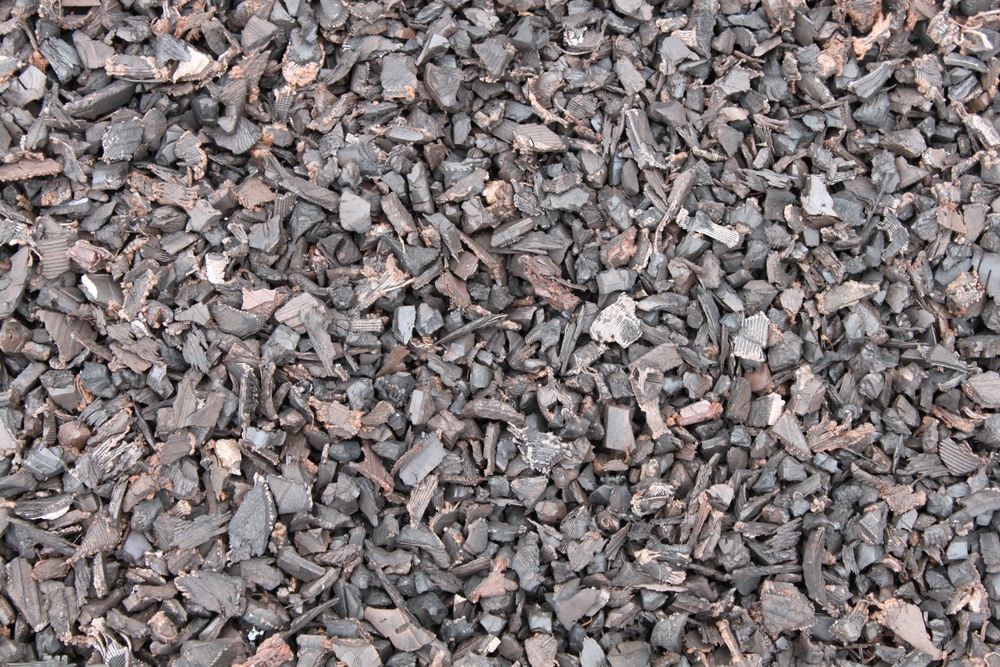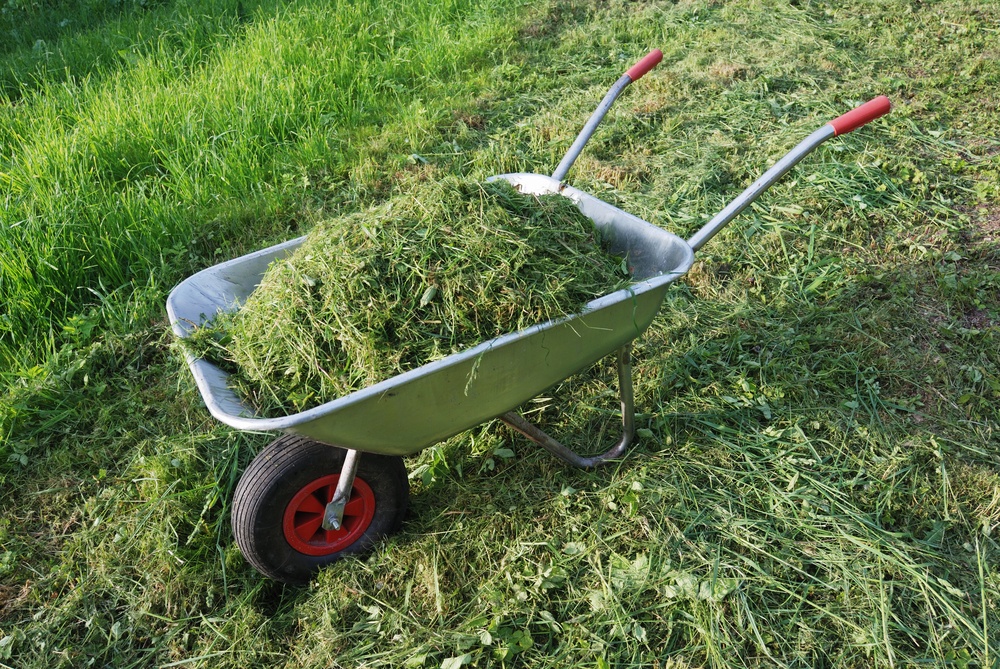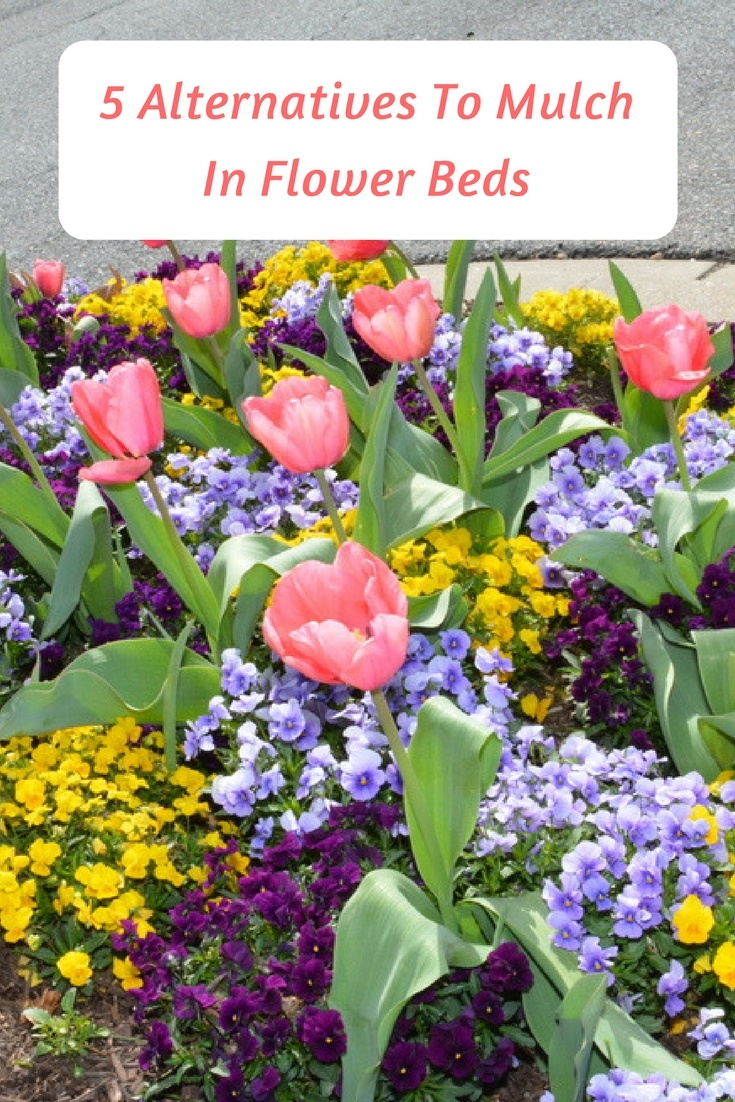In order to keep flowers beds aesthetically pleasing, gardeners usually apply garden mulch. However, there comes a time when you will get tired of having the same mulch covering your garden beds over and over again. Furthermore, typical garden mulches can be home to several pests such as slugs and wireworms.
With that in mind, we’ve compiled several alternatives to mulch in flower beds for you to consider. Each of these mulches provides its own visual allure while also has functional benefits. With our help, you can find the perfect mulch alternative for your flower bed.
1. Wood, Bark, and Cedar Chips

The first mulch alternative is to use wood chips, bark chips, and cedar chips. All of them can be easily acquired from home improvement and gardening shops. You can combine them or just pick one type.
Wood chips come in various colors depending on the tree they came from, but none of them maintain the colors for long. Still, they have a relatively fast decaying process, which is great for the soil. Then again, this also means you’ll have to regularly buy new wood chips for your flower bed.
On the other hand, bark chips are dark and do not decay as quickly as wood chips. While they do look great due to the dark appearance, the natural oils contained in bark chips ward off the water. Thus, it’s better to place them on the outer sections of the garden bed instead of placing around the plants.
As for cedar chips, their appearance is typically a combination of red and brown. Among these three chips, cedar chips tend to have their colors last the longest. Furthermore, their smell repel some pests such as chiggers, gnats, and fleas.
2. Small Rocks

Another mulch alternative for your flower beds is to have small rocks. With these, you can be extra creative with the appearance of the garden beds. If you want, you can simply use one rock type and have a solid color surrounding the area.
The best way to design your flowers beds with small rocks, however, is to create various patterns using different colored rocks. Pick the common rock and use that as the background while the others can be placed in a way that creates swirls, waves, or any wanted pattern.
Rocks do not provide additional soil nutrients, but they do keep moisture around for the plants to utilize. Do take note that aside from moisture, rocks also retain heat pretty easily when the sun is out. Thus, use these rocks only if the nearby plants can thrive even with the temporary heat increases.
Check out this video showing how rocks were used for one’s garden:
3. Pine Needles And Leaves
Pine needles and leaves are quick mulch alternatives since they can be easily found in your own garden. In the visual aspect, your flower beds will have a nice tan color that accentuates your plants’ appearance due to the contrast in color. Also, you only have to replace them twice each year to maintain the ideal color.

Likewise, leaves are also great options for organic mulching since they just fall down and only need to be raked together. You have to make sure that the trees they came from are free from diseases. It is best not to place the plants susceptible to powdery mildew.
Of course, both pine needles and leaves undergo the decaying process pretty quickly. This quick decay ensures that the soil receives additional nutrients to become richer in the long run.
4. Rubber Mulch

This might seem like an odd choice, but rubber mulches are actually a great alternative. They are recycled from wheels, which is great for the planet. As for your plants, rubber mulch deters both fungi and weeds from invading the flower bed.
Additionally, rubber does a good job at maintaining heat, so the ground does not have to suffer from cold temperatures. The garden soil will further benefit from this alternative since rubber does not absorb water. Thus, the water directly goes down to the soil without trouble.
5. Grass Clippings

Finally, you can use the grass clippings resulting from your regular lawn mowing activities. This mulch alternative won’t cost you money. However, grass clippings cannot just be poured over the flower bed. If you do, the fresh clippings will immediately rot and create heat that will negatively affect the surrounding plants.
The right way to use grass clippings is to place them under the sun to let them dry. It also helps to add shredded leaves and compost with the clippings. These substances will accelerate the decaying process of clippings without reaching the point of putrefaction.
We’ve covered five distinct options to replace the mulch in your flower bed. Not every alternative to garden mulch will be optimal for your own garden, but we hope you’ve narrowed down your choices thanks to our list.
If you have any questions, do give us a comment.
Pin It!


